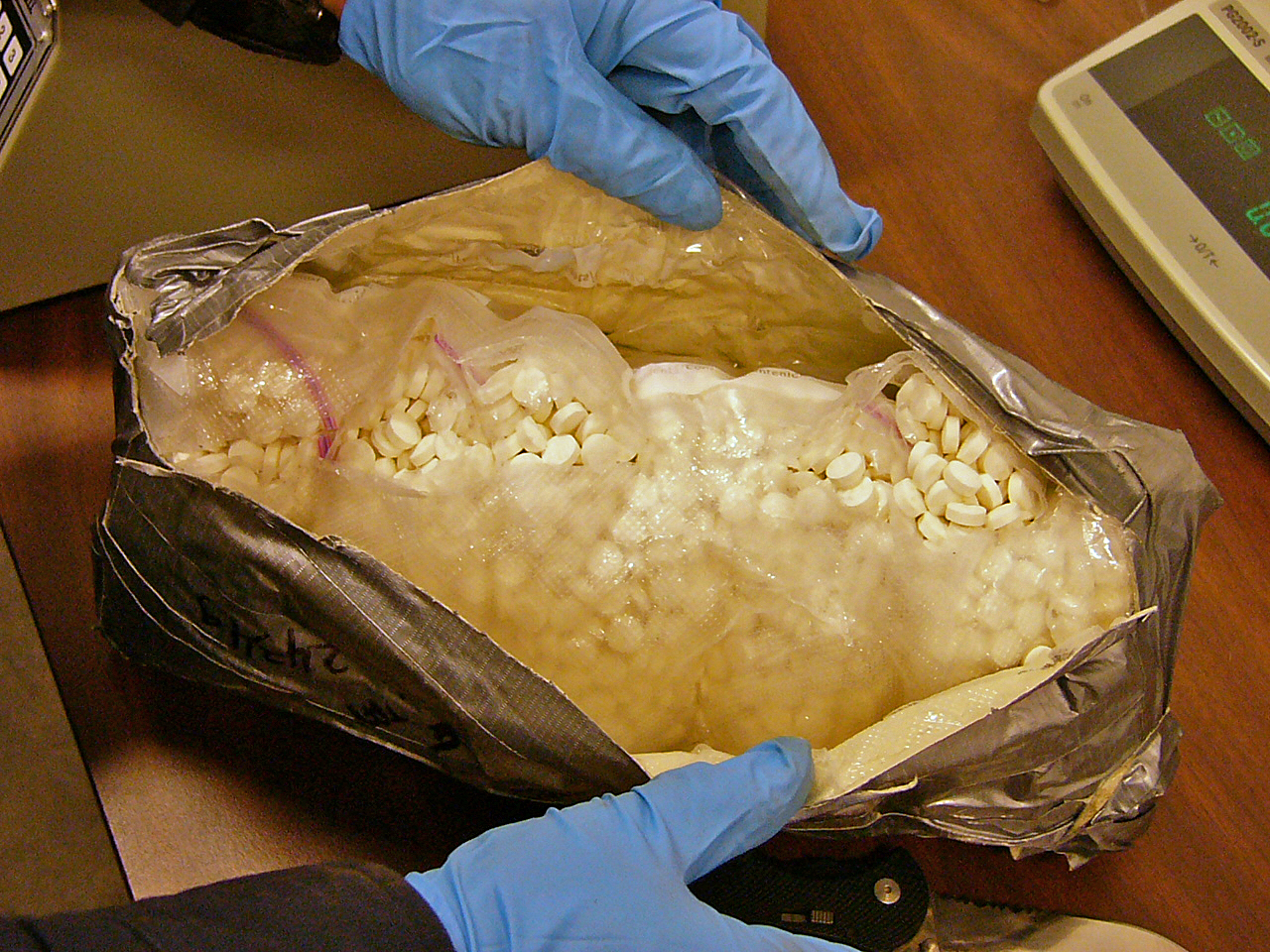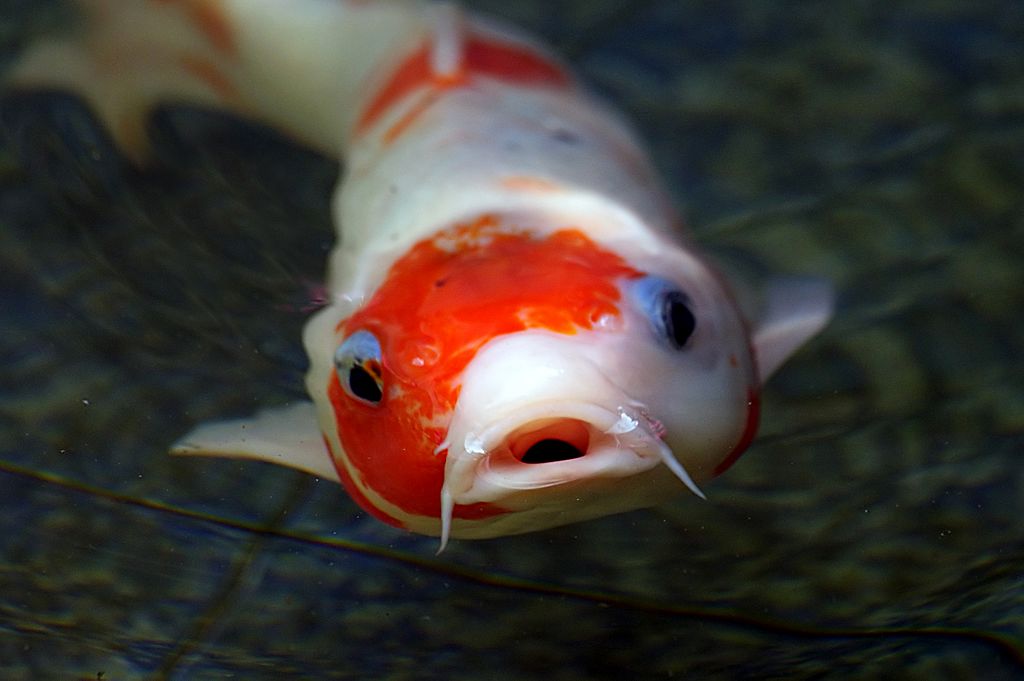What do a koi carp, a banana and a car battery have in common? Apparently they can all contain large amounts of cocaine.
Marking the occasion of the U.S. Drug Enforcement Administration’s founding 50 years ago this summer, the agency is preparing an exhibit for the DEA museum just outside of Washington this October to commemorate its counternarcotics efforts – particularly in thwarting organized black marketeers’ attempts to import significant quantities of drugs like opium and its much stronger derivative, heroin, and later, cocaine and lab-made synthetic drugs like methamphetamine and fentanyl.
The 1988 attempt to smuggle heroin from China into the United States by stitching it into live koi fish that were destined for an aquarium in San Francisco is one of those endeavors. A Shanghai fisheries staffer was preparing hundreds of koi, a decorative variety of the common carp, for shipping to the West Coast when he realized something peculiar. According to the DEA Museum exhibit and accompanying film, the employee noted that numerous koi swam limp at the bottom of sizable sacks of identical fish and that the deceased ones had odd sutures along their sides.
After being alerted, Chinese officials investigated and found that numerous other fish, including the one now on display, had an ounce of heroin sewn into their sides. Therefore, plans were made for the fish to be transported to the aquarium in a cooperative operation between the DEA and the US Customs Service. Through electronic tracking of the cargo and observation, agents thwarted the scheme. In the end, they busted a multi-kilogram heroin smuggling ring, and three persons were detained by Chinese law enforcement.

Recent displays demonstrate how drug traffickers attempted to conceal their contraband in items like a hollowed-out surfboard, a Delco car battery, a truck tailgate, and even an ice bucket with a fake bottom. As border crossing attempts became more sophisticated, live animals and people were also exploited in illegal operations.
For instance, authorities from Colombia and the United States dismantled a network in 2006 that was using purebred Labrador puppies to smuggle heroin into the country.
Border patrol officers in Pharr, Texas, in 2016 stopped a tractor-trailer carrying about 1,500 pounds of marijuana concealed inside coconuts. Months later, near the border between the United States and Mexico, the officers found 2,500 pounds of fake carrots and 4,000 pounds of fake limes that had been loaded with marijuana.
In recent years, smugglers have started sneaking fentanyl into the United States in a variety of items that are disguised as candy and painkillers, particularly the cartels from Mexico’s Sinaloa and Jalisco New Generation.
The amount of fentanyl being brought in and how little of the dangerous narcotic it takes to kill someone are major concerns for the U.S. government, according to Jim Crotty, a top DEA officer who will retire as deputy chief of staff in July 2021.
“The profit margins are so huge, but there’s still this kind of intelligence gap,” Crotty said to USA Today, as U.S. officials don’t know exactly how all of the fentanyl is getting across the border from Mexico, and in what form. “But one thing we do know,” he said, “is that, as always, they’re going high tech and low tech and everything in between.”












